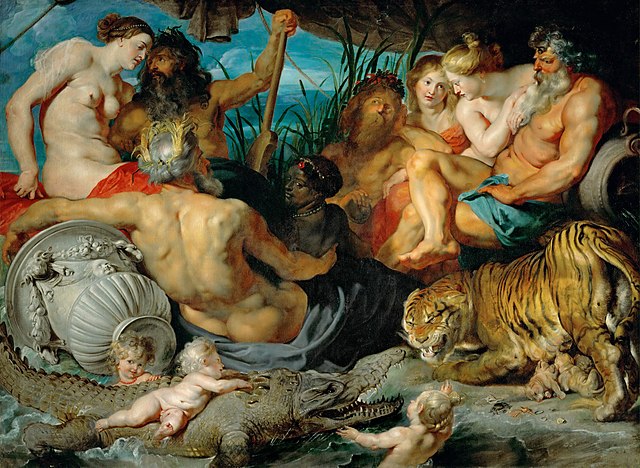Site-specific art is artwork created to exist in a certain place. Typically, the artist takes the location into account while planning and creating the artwork. Site-specific art is produced both by commercial artists, and independently, and can include some instances of work such as sculpture, stencil graffiti, rock balancing, and other art forms. Installations can be in urban areas, remote natural settings, or underwater.
Dan Flavin, Site-specific installation, 1996, Menil Collection, Houston TX, USA
Nef pour quatorze reines by Rose-Marie Goulet, a memorial to the École Polytechnique Massacre, featuring sculptural elements integrated into a specially landscaped site, Montreal, Canada
The Neon Parallax: luminous artworks specifically designed for the public space
Side effect X, Eberhard Bosslet; Tias, Lanzarote, 2008.
A work of art, artwork, art piece, piece of art or art object is an artistic creation of aesthetic value. Except for "work of art", which may be used of any work regarded as art in its widest sense, including works from literature and music, these terms apply principally to tangible, physical forms of visual art:An example of fine art, such as a painting or sculpture.
Objects in the decorative arts or applied arts that have been designed for aesthetic appeal, as well as any functional purpose, such as a piece of jewellery, many ceramics and much folk art.
An object created for principally or entirely functional, religious or other non-aesthetic reasons which has come to be appreciated as art.
A non-ephemeral photograph or film.
A work of installation art or conceptual art.
"The Four Continents" by Peter Paul Rubens
"A portrait of Madame de Pompadour and a dog at the foot of her shoes" by François Boucher
"Luncheon of the Boating Party" by Pierre-Auguste Renoir
"The Old Plantation" attributed to John Rose








